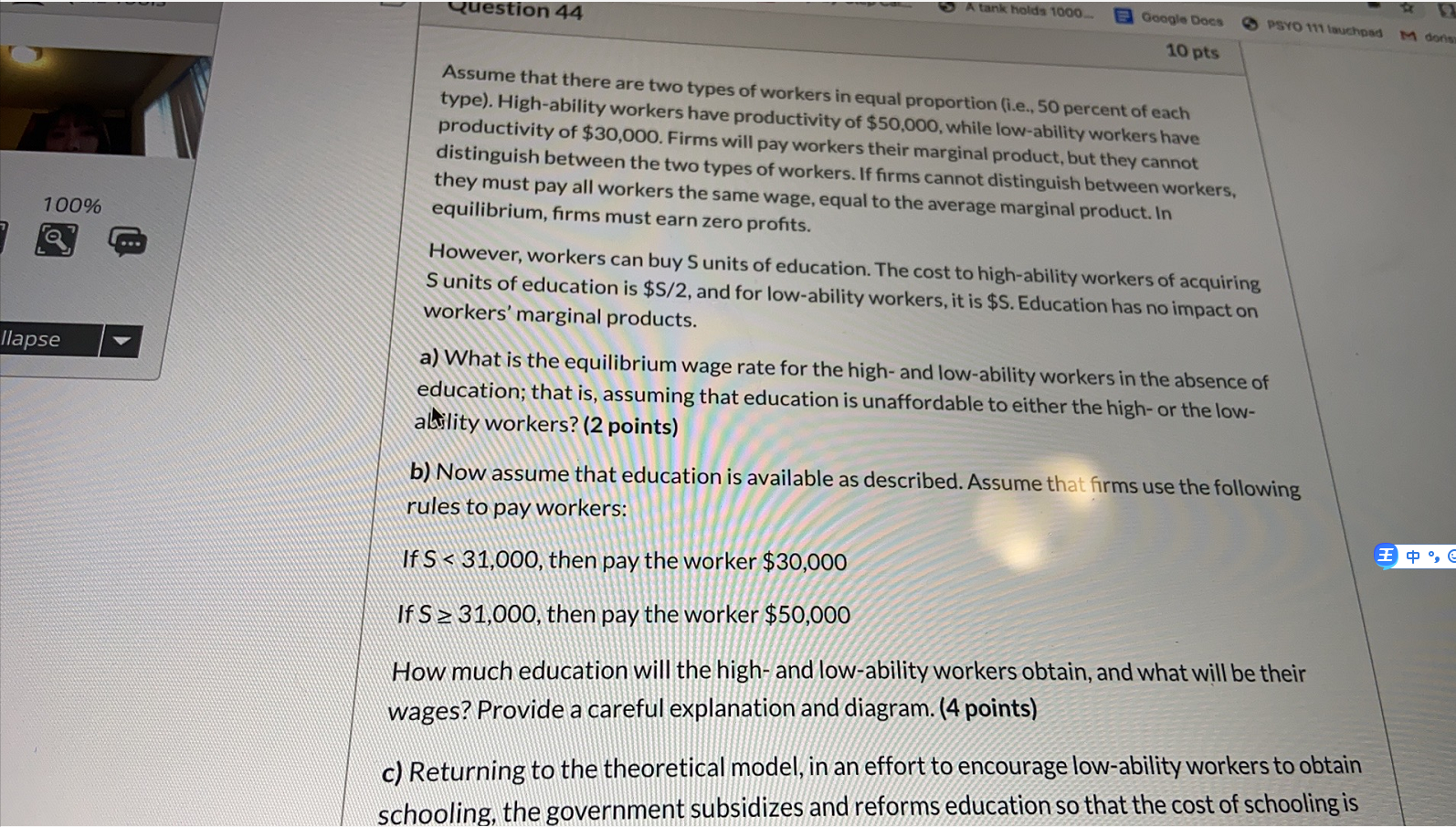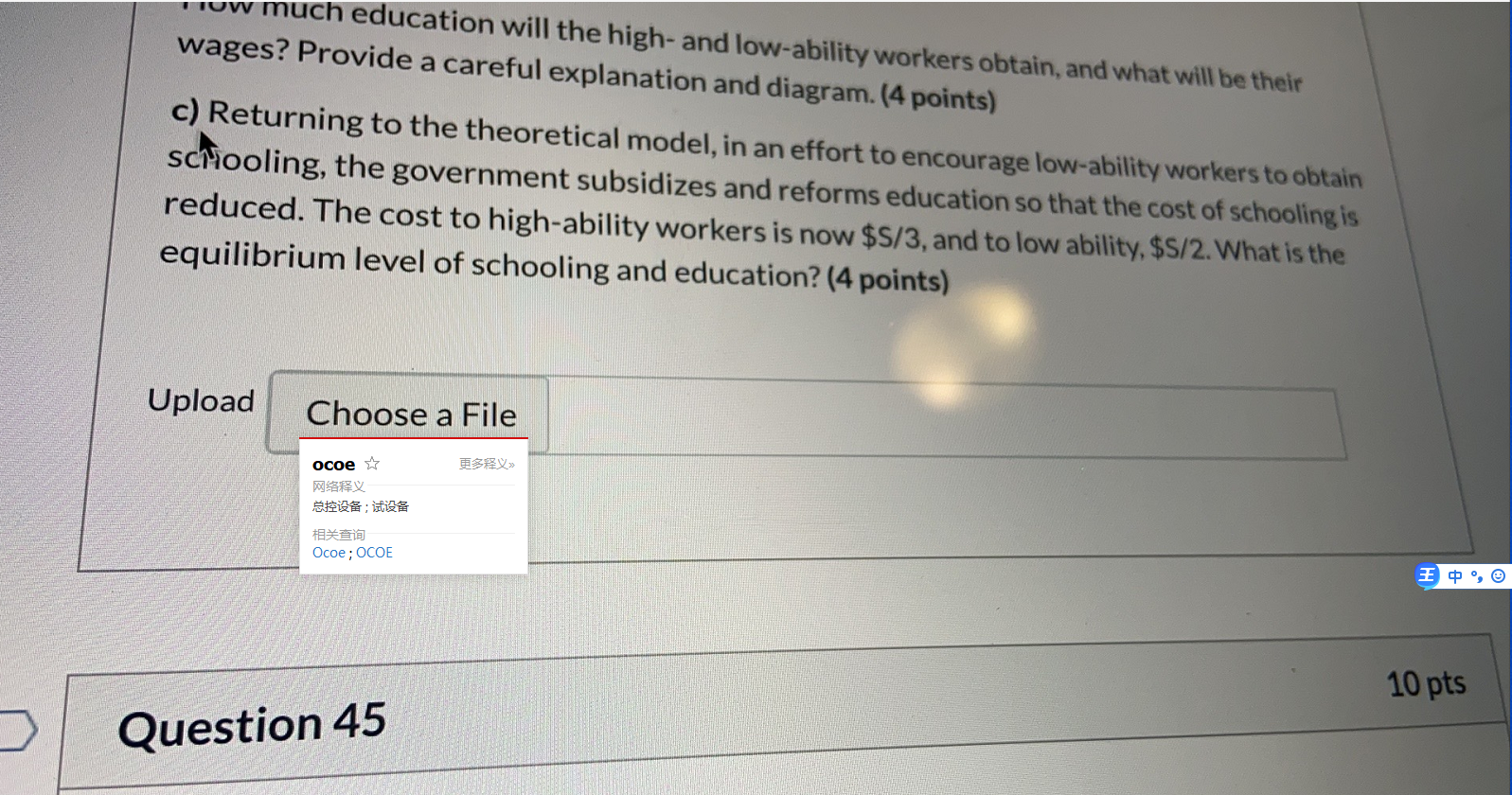Answered step by step
Verified Expert Solution
Question
1 Approved Answer
I want the answer of 44th question(a,b,c part) k holds 1000. Question 44 Google Docs & PSYO 111 lauchpad M donis 10 pts Assume that
I want the answer of 44th question(a,b,c part)


Step by Step Solution
There are 3 Steps involved in it
Step: 1

Get Instant Access to Expert-Tailored Solutions
See step-by-step solutions with expert insights and AI powered tools for academic success
Step: 2

Step: 3

Ace Your Homework with AI
Get the answers you need in no time with our AI-driven, step-by-step assistance
Get Started


